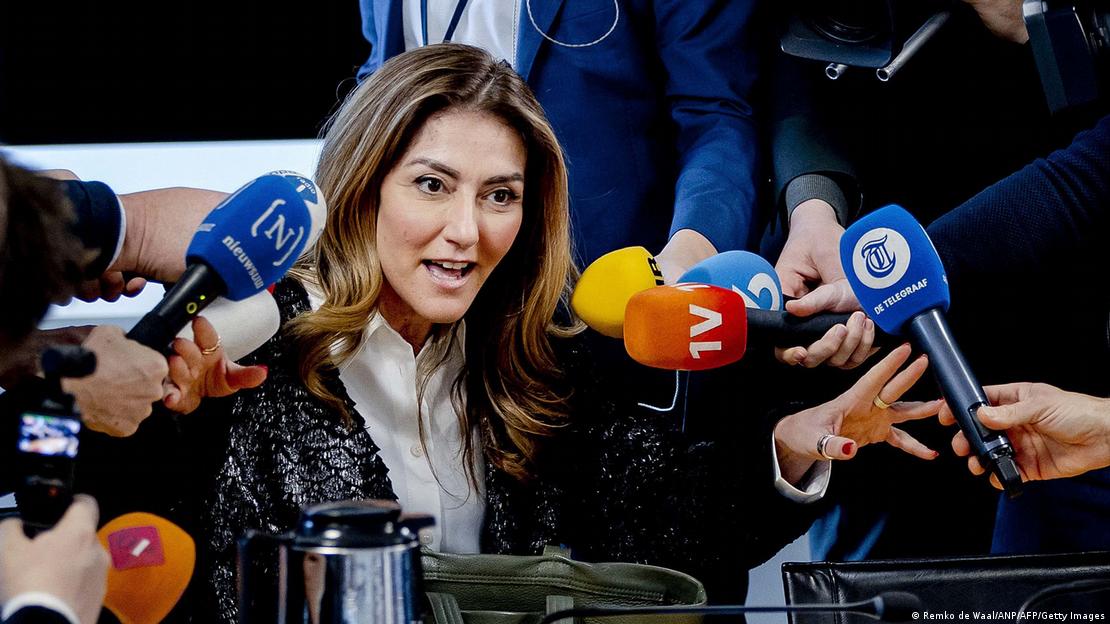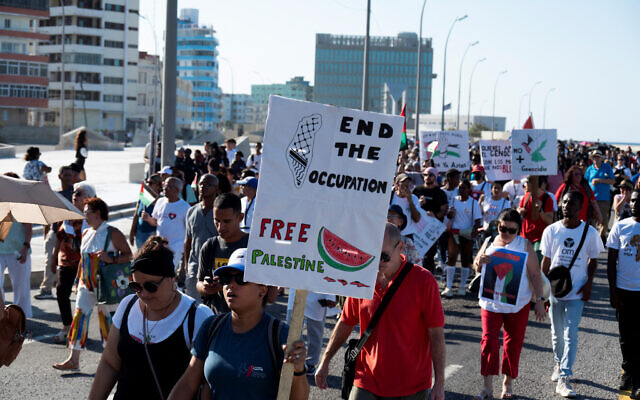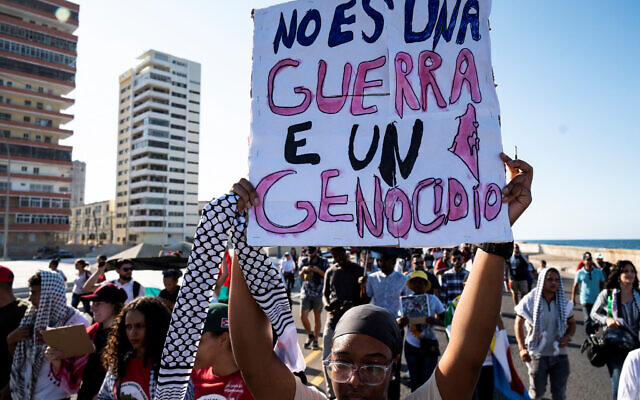Rebirth of a Nation: US History According to DW Griffith

Still from Birth of a Nation.
Since many high school students across the country will be back to learning their history of the US from Birth of a Nation and Gone with the Wind, it’s perhaps instructive to recall that when Birth of a Nation premiered at Clune’s Auditorium in LA, to large protests by the NAACP, it was still called The Clansman, the title of the racist novel by Thomas Dixon it was based on. In fact, it’s possible that the print that was shown at the White House, which generated such a frenzied reaction from Woodrow Wilson, was still called The Clansman. Dixon was a pal of Wilson’s and had arranged the showing, the first film ever screened at the White House.
Apparently, the film hit Wilson with a kind of cinematic gestalt, liberating his inner racist, which, of course, was never too deeply submerged in his twisted psyche to begin with. After emerging from Griffith’s three hours of depraved melodrama, which rewrote American history as a story of white grievance and retribution, Wilson pronounced: “It is like writing history with lightning. And my only regret is that it is all so terribly true.”
DW Griffith was a southerner, raised in Kentucky on the myth of the Lost Cause. Did he really believe it? Who knows? Griffith was an educated man, but he knew the allure of myth, the desire to right history’s wrongs and make them feel like your own, as in the novels of Walter Scott. Griffith took the most modern medium and technology and used it to look back, not forward. The camera lens became a kind of time machine, a deeply reactionary one in his hands.

Intertitle from Birth of a Nation.
Birth of a Nation doesn’t present a particularly coherent narrative. The film unfolds as a sequence of disjointed episodes, with a cliffhanger every 15 minutes or so. Dixon got a big payday, maybe the biggest of any writer ever in Hollywood, but he didn’t write the script. There wasn’t really a screenplay. Despite his grandiosity and repeated mining of historical and biblical subjects, Griffith’s about words or facts or story or even plot. It’s about the manipulation of feelings and buried anxieties and prejudices. It’s about using images to pull emotional and psychological triggers.
This was American history viewed through a distorting lens, where the players were projected in reverse: the victims became villains, the villains became villains, the terrorized became terrorists, and terrorists became avengers. There it was up on the screen. Who was a teacher or a book to tell you any different?
Thus Birth of a Nation set the template for modern advertising, public relations and politics. Forget what the books and newspapers say, trust your eyes and your gut.
When the lights went down in the theater, what did those audiences think? Were they watching history or were they living it? Did they thrill to torch-lit rides of the Klan or feel motivated to light a torch themselves? Did the film vindicate bigotry or inflame it?
How persuasive was this cinematic myth-making, this re-birthing of American history. Well, consider that Erich von Stroheim, who went on to direct Greed, that mangled indictment of American capitalism, was Griffith’s top assistant on Birth of a Nation. Though eccentric, Von Stroheim was a smart, if not brilliant, man. Did he understand the kind of film he was making and the kind of demons it would spawn?
Consider also that DW Griffith, the neo-confederate, and Charlie Chaplin, the communist, were not only pals but business partners. They founded, along with Mary Pickford and Douglas Fairbanks, their own production company, United Artists. Chaplin was later chased out of the country by the kind of hysterical politics Griffith let loose on the Republic, the kind of politics that needs a constant stream of new villains–if the new villains are old friends, so much the better, it increases the tension of the melodrama.
Lift the hood from one of the Klan nightriders in Birth of a Nation and you’ll find the face of John (Jack) Ford, who in a couple of years would start making his own revisionist films about the history of conquest and colonization in the American West: Stagecoach, My Darling Clementine, Fort Apache, She Wore a Yellow Ribbon, Rio Grande, Hondo and The Searchers.
Even more intriguing is the way Griffith’s work was embraced by the early Soviet film-makers, like Vsevold Pudovkin (Storm Over Asia) and Lev Kuleshov (The Extraordinary Adventures of Mr. West in the Land of the Bolsheviks) who saw in Birth of a Nation and Intolerance a method of making historical melodramas that also served political purposes. It was, however, Sergei Eisenstein who absorbed Griffith’s lessons about how film can be used to remake popular history the most deeply. In 1925, Eisenstein made his masterpiece, Battleship Potemkin. It was commissioned by the Soviet government to commemorate the 1905 revolution. Billed as the cinematic chronicle of a mutiny against the repressive Tsarist navy, the most powerful scene in Eisenstein’s film, the massacre on the Odesa Steps, was entirely invented for its dramatic and propaganda effect, which proved so overwhelming that the screening of the film was banned for prolonged periods in the UK, France, the US and eventually the Soviet Union itself. Most governments–regardless of their political brand–would tremble at the rebellious sentiments those scenes aroused in the audience.
Still, Battleship Potemkin found one official admirer in Joseph Goebbels, who raved about Potemkin as “a marvelous film without equal in the cinema. Anyone who had no firm political conviction could become a Bolshevik after seeing the film. When it came time to assemble the final print of October, his film on the Bolshevik Revolution, for Stalin’s approval, Eisenstein left all traces of Trotsky and Zinoviev on the cutting room floor. Two years later, Eisenstein was in Hollywood pitching a screenplay about an all-glass city, whose inhabitants are under 24-hour surveillance. Wonder where he got that idea?

Odessa Steps massacre scene in Battleship Potemkin.
Birth of a Nation was the first blockbuster. It played to packed movie houses across the country and Europe. People cried, screamed at the rape scenes, jeered the white actors in blackface and cheered as the Klan rode to the rescue, their white sheets unfurling like banners of triumph across the screen. From Atlanta to Chicago, crowds gave the film standing ovations and returned to be inflamed by its reactionary thrills again and again. And the film also did exactly what the NAACP predicted, it revived the KKK from its zombie-like repose with the imprimatur of the nascent Hollywood and a Democratic president. There were 700 hundred lynchings in the year following its release. They haven’t stopped yet, although most are now done by police and filmed by their own bodycams.
Birth of a Nation was also a story of the commodification of racism. The film built fortunes. In fact, it many ways it built Hollywood. Thomas Dixon, the writer of the novel, earned 25% of the profits of the film, which was enormous. By one account, Birth of a Nation amassed a global box office of $50 million in 1915 ($1.3 billion in today’s dollars), as Europe was at war with itself. And Louis B. Mayer, then the owner of movie theaters in Boston, somehow wrangled the distribution rights for all of New England. He pocketed a million from the deal and soon moved to Hollywood himself and became one of the first moguls. By 1927, Mayer was earning a higher salary ($800,000 a year) than any other executive in the country, even the CEOs of Standard Oil and US Steel. But he never forgot the themes and tropes of the picture that made him rich.
Fortunes are to be made in the promotion of racism, which is probably the lesson that will be taught in economics classes across the New (i.e., no longer restricted by the Mason-Dixon Line) South. Of course, they’ve been teaching the same thing using different terms at the University of Chicago for decades.













